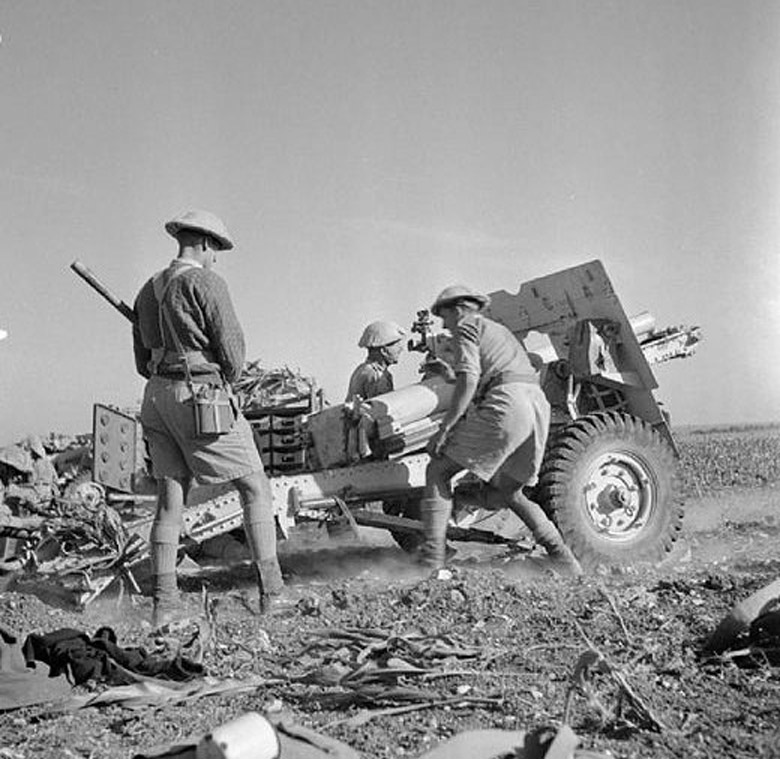Battle of the Atlantic
- U-108 sinks the British steamer Baron Nairn (3164t) west of Cape Race with the loss of 1 crewman. 18 crew members are picked up by the Canadian corvette Chambly and land at St.Johns. 21 more crew members are rescued after 19 days in a lifeboat and land at Galway, Ireland on 27 June. U-108 next sinks the Greek steamer Dirphys (4240t) about 600 miles east of Newfoundland with the loss of 6 of her crew. 19 survivors make it to safety in a lifeboat.
- U-107 sinks the British steamer Adda (7816t) 82 miles west-southwest of Freetown with the loss of 10 on board. 415 survivors are picked up by the British corvette Cyclamen and landed at Freetown.
- U-103 sinks the British steamer Elmdene (4853t) 200 miles west-southwest of Freetown. All 36 of her crew are rescued by the American steamer Carlton.
- U-46 sinks the British steamer Trevarrack (5270t) from dispersed Convoy OB-329 southwest of Cape Clear. The entire crew of 45 are lost.
- U-48 sinks the Dutch tanker Pendrecht (10,746t), also from dispersed Convoy OB-329, 500 miles northwest of the Azores. All 36 of her crew survive in 3 lifeboats. The lifeboats are picked up by the British steamer Alresford, the British submarine Pandora and the American passenger ship Excalibur.
Mediterranean
The British submarine Clyde sinks the Italian steamer Sturla (1195t) 5 miles off Policastro.
[ British Field Gun in Action during the Advance into Syria |
 |
Syria
At 0200 hours British and Free French forces invade Syria. The British have been increasingly worried by reports of a German presence in Syria in recent weeks. In fact, although German aircraft did use Syrian bases during the fighting in Iraq, they have all now left at the request of the Vichy authorities. The Allied attack goes in nonetheless.
The attacking force is commanded by Gen Henry M. Wilson and includes 7th Australian Div, 4th Indian Bde and Free French units. The defending Vichy forces are rather stronger, with 45,000 men under the command of Gen Henri Dentz. The Allied force advances along several lines from positions in Palestine and Transjordan. There is little resistance at first.
Gen Catroux, who has been appointed by Gen de Gaulle to head the Free French forces, issues a proclamation calling optimistically for Dentz and his men to change sides. The British announce that they seek no territorial gains.
Operation EXPORTER: The Syria-Lebanon Campaign |
 |